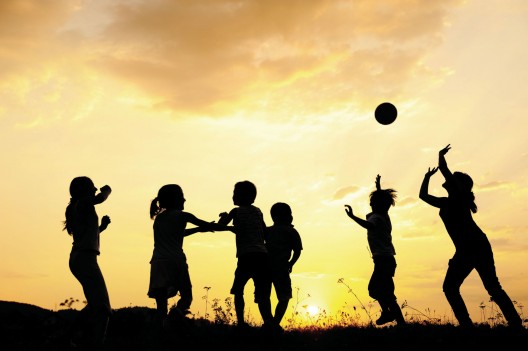Now that Australian children are settling back into face to face learning at school the next key step is getting them back to playing sport.
The World Health Organisation recognizes the importance of sport and physical activity for children’s development, both physically, neurologically and emotionally. Guidelines list that 5-17 year olds should accumulate 60 minutes of moderate to vigorous intensity activity daily.
Sport Australia and the AIS have developed comprehensive frameworks for a safe return to sport, in accordance with Government regulations. It makes sense that we support our kids in returning them to appropriate levels of activity and sport.
Kids rely on activity and sport for their growth and development, it’s vital for their health. It’s also a vital part of their social development and encourages positive mental health, so we need to get them back on track.
The key benefits of activity and sport for kids include:
- Healthy bones, muscles and joints.
- Healthy cardiovascular system (heart and lungs).
- Neuromuscular benefits for coordination and movement patterns.
- Psychological benefits of reducing anxiety and depression.
The social connection that kids enjoy with sport is vital for their wellbeing. It is very common for sporty kids to form their strongest peer friendships with their team mates. The passion, shared experiences and commitment to success encourage the development of mental strength and self esteem.
The AIS framework is extensive and provides an excellent road map for sports to facilitate a safe return to training and competition.

